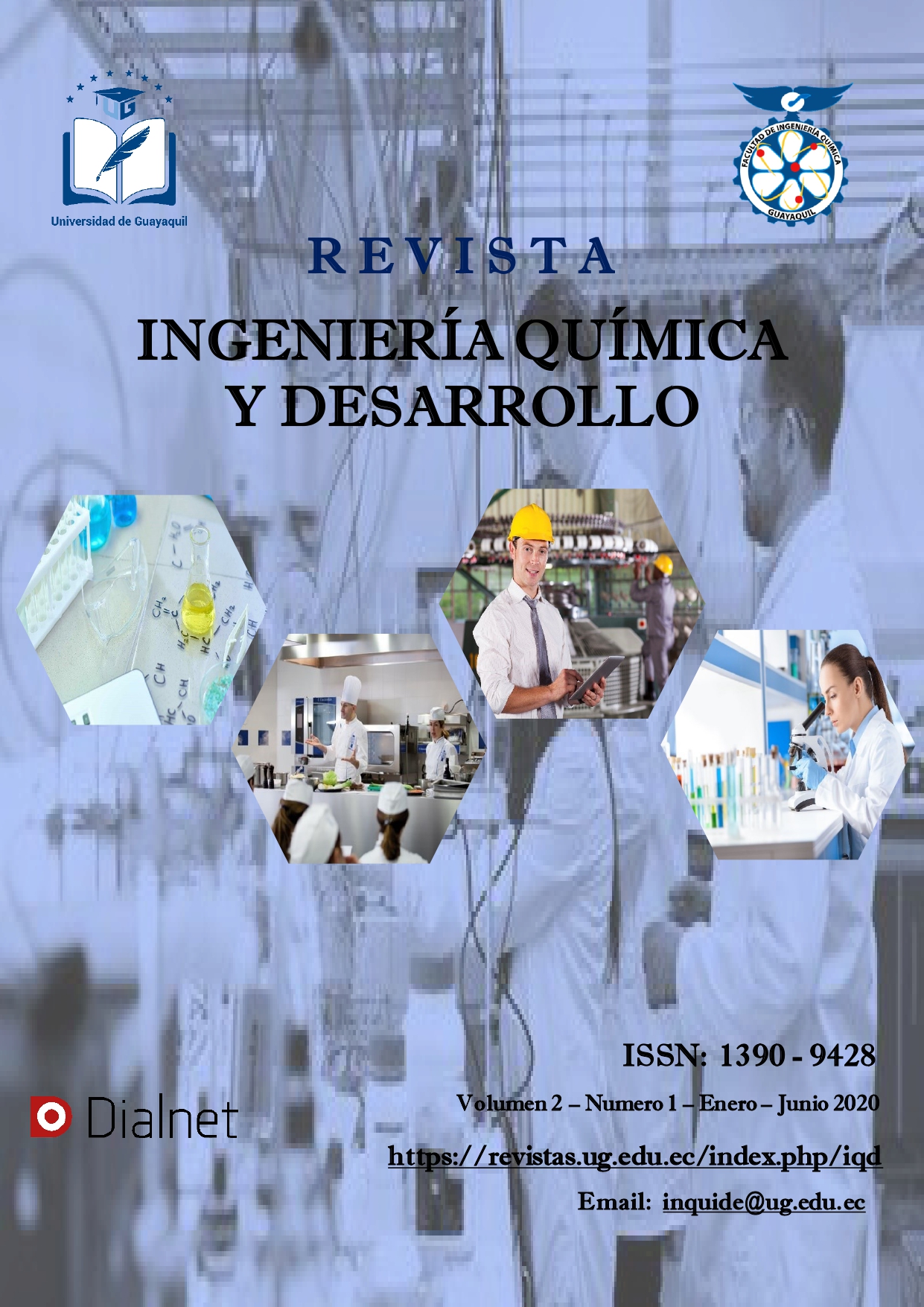La educación invertida. Un nuevo reto para la Educación Superior
DOI:
https://doi.org/10.53591/iti.v8i8.1399Palabras clave:
clave invertida, Flipped classroom, educación invertida, educaciónResumen
Uno de los últimos retos que enfrenta la educación en la actualidad es la aplicación de lo que se conoce como clase invertida o "Flipped classroom". Esta consiste en que los alumnos estudien la materia fuera del aula, donde profundizan y ejercitan lo aprendido mediante la realización de diversas actividades, sobre todo prácticas. El presente trabajo tiene como objetivo realizar una revisión bibliográfica en torno a esta nueva estrategia pedagógica.
Referencias
Avello, R., López, R., Alvarez, H , Gómez, A., Vázquez, S., Alpizar, R. (2014). Experiencia cubana sobre la formación del docente latinoamericano en tecnologías para la educación. Educación Médica Superior, 28(3). Recuperado a partir de http://ems.sld.cu/index.php/ems/article/view/303/197
Avello, R., y López, R. (2015). Alfabetización digital de los docentes de las escuelas de hotelería y turismo cubanas. Experiencias en su implementación. RUSC. Universities and Knowledge Society Journal, 12(3), 113. doi: http://dx.doi.org/10.7238/rusc.v12i3.1994
Bergmann, J., & Sams, A. (2012). Flip your clrassroom: React every student in every class every day. Internalional Society for Tehcnology in Education.
H. Foot and C. Howe. {1998). The sychoeducational basis of peer-assisted learning. In K.j. Topping and S. W: Elily, editors, Peer-Assisted Learning, pages 2743. Lawrence Erlbaum Associates.
Herreid, C. F., & Sdiíííer, N.A. (2013). Case Studies and the "Flipped classroom". Journal of College Science Teaclling, 42(5), 6266.
K.j. Topping and S. W: Eliiy, editors. {1998). Peer-Assisted Learning. Lawrence Erlbaum Associates. URL http://books.google.com/books?id=UZ-v6grfgeF4C.
Koettgen, L., Schroder, S., Borowski, E , Richert, A. y Isenlwrdt, I. (2014). "Flipped classroom" on top excellent teaching through a method-mix INTED2014 Proceedings, pp. 4049.
Long, T., Logan, J. y Waugli, M. (2014). Students' Perceptions of Preclass Instructional Video in the "Pupped classroom" Model: A Survey Study.
En M. Searson y M. Oclwa (Eds.), Proceedings of Society for Information Technology & Teacher Education International Conference 2014 (pp. 920927). Cliesapeake, VA: AACE.
Lowell, J. y Verleger, M. A. (2013, [June}, The "Flípped classroom": A survey of the researcn. In ASEE National Conference Proceedings Atlanta, GA.
Slavin, R. E. (1991). Synthesis of Research of Cooperative Learning. Educalional leaderslup, 48(5), 7182.
Sousa, S., Ropero, E., y López, P. (2014). Metodología del puzle aplicada a "Flípped classroom". XI Jornadas Internacionales de Innovación Universitaria.
Szpunar, K. K., Klum, N. Y, & Sclwcter, D. L. (2013). Interpolated memory tests reduce mind wandering and improve learning of online lectures Proceedings of the National Academy of Sciences, 110(16), 6313-6317
Tudge, J. R.,y Winterhojf, P. A. (1993). Vygotsky, Piaget, and Bandura: Perspectives on the relations between the social world and cognitive development. Human Development, 36(2), 61-81.
WarterPerez, N., & Dong, J. (2012). Flipping the Classroom: How to Embed Inquiry and Design Projects into a Digital Engineering Leaure. 2012 ASEE PSW.
Zappe, S., Leidu, R., Messner, }., Utzinger, T., & Lee, H. W: (2009). Flipping the classroom to explore active learning in a large undergraduate course. American Society for Engineering Education.
Descargas
Publicado
Número
Sección
Licencia
Derechos de autor 2016 Fernando Juca Maldonado, María Beatríz García Saltos

Esta obra está bajo una licencia internacional Creative Commons Atribución-NoComercial-SinDerivadas 4.0.






